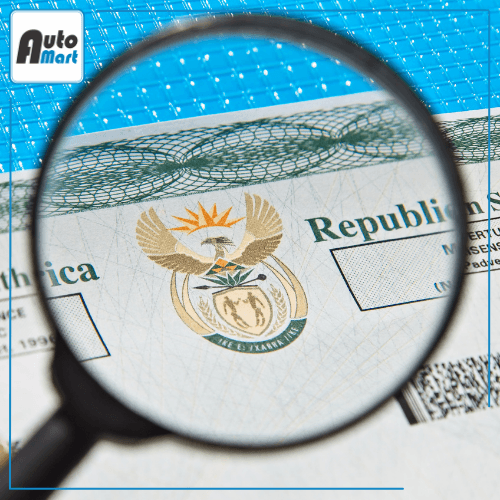Are you aware of the different types of car lights we have in the country and their purposes? Car lights play a crucial role in ensuring road safety, especially during low-light conditions and adverse weather. From headlights to fog lights and brake lights, each type of car light serves a specific purpose to enhance visibility and communicate with other drivers. Search for used cars for sale under R100, 000 on Auto Mart now to buy.
In this article, we will explore the different types oh vehicle lights, their functions, and when to use them.
 Photo Source: Freepik
Photo Source: Freepik
Six different types of car lights and when one can use them
1. Headlights:
Headlights are the most essential lights on a car, serving both as primary illumination and a signal to other drivers. In South Africa, where driving conditions can vary greatly, headlights are crucial for visibility at night, in dimly lit areas, and during adverse weather conditions such as rain, fog, or mist. It is mandatory to use headlights from sunset to sunrise and whenever visibility is less than 150 meters.
 Photo Source: Freepik
Photo Source: Freepik
2. High-Beam Lights:
High-beam lights, also known as full-beam lights, provide increased visibility on dark, unlit roads. They emit a bright, long-range beam of light, illuminating a wider area ahead. However, it's important to use high beams responsibly and switch to low beams when approaching other vehicles or driving in built-up areas to avoid dazzling oncoming drivers.
3. Daytime Running Lights (DRLs):
Daytime running lights are designed to improve a vehicle's visibility during daylight hours. In South Africa, it is required by law for all new vehicles to have DRLs installed. These types of car lights automatically switch on when the engine is running and enhance the visibility of the vehicle to other road users, reducing the risk of accidents, particularly in low-visibility situations.
 Photo by Mike Bird on Pexels
Photo by Mike Bird on Pexels
4. Fog Lights:
Fog lights are positioned lower on the front of the vehicle and emit a wide, low beam to cut through fog, mist, or heavy rain. In our country, where foggy conditions are common, fog lights help improve visibility in such situations. They should be used when visibility drops to around 100 meters or less, ensuring other drivers can see your vehicle without being blinded by the light.
5. Hazard Lights:
Hazard lights, also known as flashers or emergency lights, are used to warn other road users of a potential hazard or emergency situation. It is important to use hazard lights when your vehicle is stationary and causing an obstruction on the road, such as during a breakdown or an accident. However, it is illegal to use hazard lights while driving, as it may confuse other motorists.

6. Brake Lights:
Brake lights illuminate when the driver applies the brakes, signaling to the vehicles behind that the car is slowing down or stopping. It is crucial to ensure that your brake lights are in working order, as they provide essential information to other drivers, preventing rear-end collisions. Regularly check and replace faulty bulbs to maintain optimum safety.
Understanding the purpose of different types of car lights is essential for safe driving. Headlights, high beams, daytime running lights, fog lights, hazard lights, and brake lights all serve specific functions, contributing to visibility, communication, and overall road safety. By using these lights appropriately and adhering to the regulations regarding their usage, drivers can ensure optimal visibility and minimise the risk of accidents. Stay informed about the types of lights and their intended use to navigate South Africa's diverse driving conditions with confidence and responsibility. Visit Auto Mart to look and search for used cars for sale under R100, 000 now to buy.






